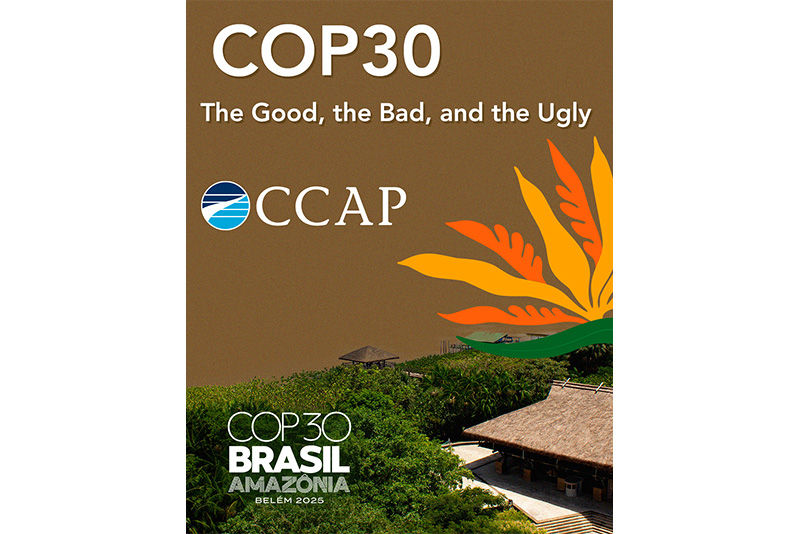The Road to NAMAs Blog Series: Thailand’s Funds for Energy Efficiency and Renewable Energy Finance
- CCAP

- Mar 28, 2013
- 2 min read
Between 1990 and 2010, Thailand’s gross domestic product grew at an average rate of 4.5 percent annually. While energy demand kept a similar pace, growing, on average, 4.4 percent per year, this rate is expected to increase by nearly 40 percent over the next decade. This rapid growth in energy demand is leading to increased greenhouse gas emissions and energy security concerns in Thailand.

To address these challenges, Thailand launched its Energy Conservation Program and formulated a master plan for energy efficiency and renewable energy. At the core of this effort is the Energy Conservation Promotion Fund, which supports energy efficiency and renewable energy projects by government agencies, state enterprises, non-governmental organizations, individuals and businesses. The fund, which is sustained primarily by a small levy from the sale of specified fossil fuels, is disbursed through a number of different mechanisms, including loans, grants, subsidies and tax incentives. Two important components are the Revolving Fund and the Energy Services Company (ESCO) Fund.
The Energy Efficiency Revolving Fund was utilized from 2003 through 2012 and provided a line of low-interest credit to local banks to finance energy efficiency and renewable energy projects. With access to the Revolving Fund, local banks were able to provide below-market interest rate loans to project developers. The ESCO Fund was launched in 2008 and primarily supports small and medium enterprises, energy service companies, and domestic and international investors in energy efficiency and renewable energy. It provides assistance through a number of support mechanisms, including equity investment, venture capital, equipment leasing, carbon credit trading, technical assistance and credit guarantees. These energy efficiency and renewable energy projects from the second phase (between September 2010 and January 2013) are projected to save 24 thousand tons of oil equivalent per year.
Both funds have helped to raise the profile of and reduce financial barriers to energy efficiency and renewable energy projects in Thailand. The funds have successfully engaged commercial banks, energy service companies and investors, leading to over USD 400 million in private finance for energy efficiency and renewable energy.
Similar support mechanisms to Thailand’s have been successfully utilized by other countries. For instance, Namibia developed its solar industry through technical assistance to stakeholders and a revolving fund for solar projects. Chile created a credit line to provide low-interest loans for energy efficiency projects.
This blog entry is part of a series that highlights successful climate change mitigation actions around the world, as described in The Road to NAMAs. CCAP hopes that by sharing these success stories, developing countries will see policies or programs that could aid in the development of NAMAs.




Comments